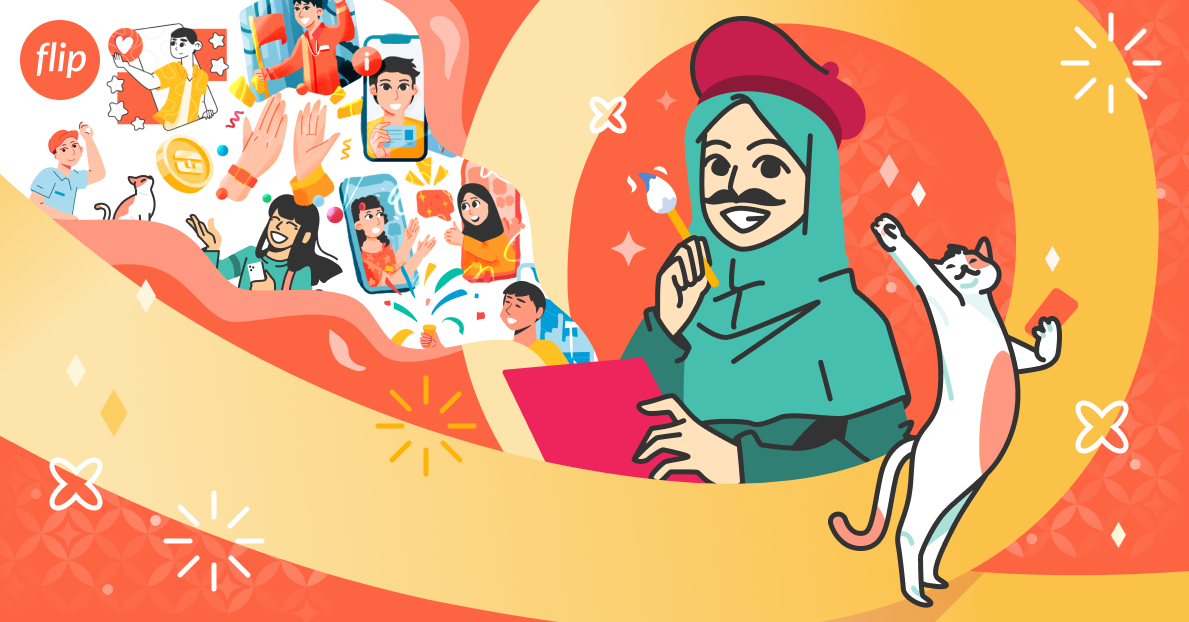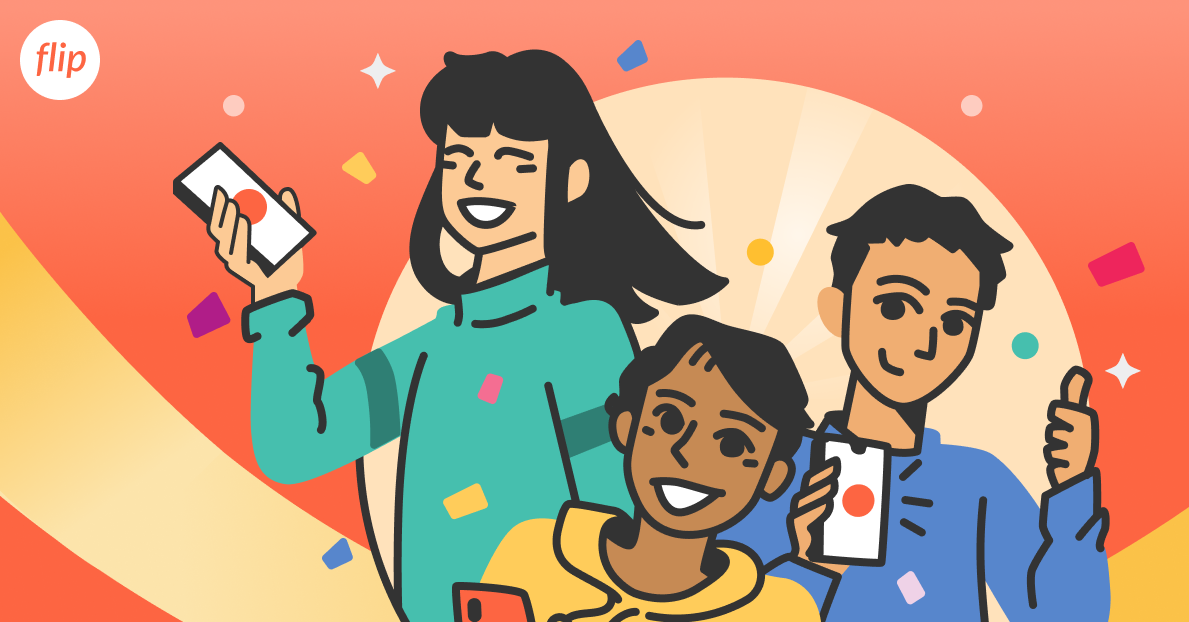The Chronicles of Solo UX Writer in The Team
Once upon a time, my manager left the company, and I found myself the only UX writer in Flip. The sudden responsibility of being the only UX writer was overwhelming. During this transition, I need to learn the product knowledge of products I haven't handled before.
Moving from one task to another within a short amount of time was taking my energy and soul. Switching contexts is like juggling act in a circus, striving to keep all the balls of life in the air whilst maintaining my sanity. My tasks piled up and I couldn’t decide which project I should do first. I wish Doraemon could invent a tool to help me craft copy and sweep my ClickUp card away.
Writing copy is not an easy task to begin with, let alone writing high-quality copies. The writing process needs creativity and clear headspace. For persuasive writing, this process sometimes takes longer time because I need to explore more.
The Turning Point: A Whisper from The Guru
During this struggle, my boss recommended that I build a custom GPT to help me write copy for a more efficient workflow. My boss explained that a Custom GPT could be trained specifically for our UX writing needs, making it more efficient and tailored to our style.
At first, I was confused what was the difference between custom GPT and regular chatGPT. I had used regular chatGPT and I thought that it helped me even if I needed to refine it many times until I got the expected result.
While I was hanging tight in power-saving mode, I needed to allocate my time and energy better during my solo days. So, it was quite a challenge to set aside time for this project. But the promise of a more efficient workflow and the potential to alleviate some of my workload was too tempting to ignore.
The Ingredients: Tutorial, Content Guideline, and Writing Samples
Despite my doubt, curiosity got the better of me. I decided to try building a Custom GPT. Armed with tutorials from blogs, articles, and YouTube, I plunged myself into the internet to learn how to create custom chat GPT. The process was challenging but exciting, like setting out on a quest with a treasure map in hand.
I started by gathering all the essential ingredients: tutorials on how to train AI models, our company’s content guidelines, and a vast collection of writing samples from our past projects. These samples included user interface texts, error messages, onboarding copy, and more. It was like feeding the AI a balanced diet of words and phrases specific to our brand and style.
Cooking Time: Process of Creating Custom GPT
With my ingredients in place, it was time to start the cooking process. Here’s how I went about it:
- Create and Set Up the GPT: Using GPT Plus, I created our custom GPT by clicking the "Create" button on the ChatGPT website. I then configured the settings, including the name of the GPT, its description, and instructions.
- Import Our Style Index: I uploaded our Style Index, providing the GPT with the knowledge of our content guidelines. This step ensured that the AI understood our brand’s voice and style requirements.
- Train GPT with Our Writing Samples: Finally, I trained the GPT using our collected writing samples. This training phase was critical, as it taught the AI to generate content that matched our standards and met our UX writing needs.
Serving the Results: The Impact of AI
To my surprise, AI-assisted writing proved to be a game-changer. The most immediate benefit was the time-saving aspect. This newfound efficiency allowed us to focus on more strategic and creative endeavors.
It not only helped in generate copy faster but also provided new creative angles and ideas that I hadn't considered before. While AI did not replace our jobs, it enhanced our capabilities, making us more productive and effective in our roles.
As a note, training GPT is a continuous process. Creating a Custom GPT is just the beginning of an ever-evolving process
We're continually training this GPT, especially for Bahasa Indonesia, to meet our expectations and deliver the best results. It’s a journey of constant refinement and improvement.
It's important to know that our Custom GPT needs regular training and updates to keep up with our changing content guidelines. As our brand voice and style guidelines evolve, so must our AI. We're committed to constantly tweaking the model to make sure it stays top-notch and adapts to any shifts in our style index.
In short, the Custom GPT is a dynamic tool that grows with us, learning and getting better to serve our needs. This commitment to ongoing training and updates ensures our AI remains a valuable part of our content creation process.
⚠️ Disclaimer
This article does not endorse solely using AI to replace the UX writer job. Don’t worry folks, AI doesn't replace the need for a skilled UX writer. We still need UX writers to judge the information scent, capture the nuance of the sentence, and apply critical thinking and design principles when writing.
AI can't take into context all the things a human UX writer does – and use that to solve human behavioral problems with words. It simply helps to make our work more efficient, saving us valuable time. In summary, AI is a powerful tool that enhances our workflow, but the human touch remains irreplaceable.
I believe that every problem comes with solutions. The chronicle of being a solo writer doesn’t have to stop you from producing high-quality copy. If you are a solo writer too, I hope this story can inspire you to tackle the problem.
P.S.: Flip is hiring! If you resonate with Flip’s values, let’s join us!







